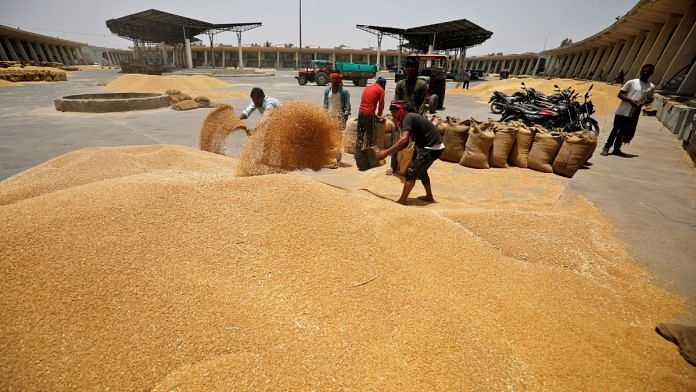Thank you dear subscribers, we are overwhelmed with your response.
India, a land of paradoxes, is making strides in transforming barren and unproductive land into lush, fertile farms. These efforts are not only redefining the country’s agricultural landscape but also providing a significant boost to its economy. Recent statistics and innovative initiatives are shedding light on this transformation, emphasizing the potential of harnessing previously ignored land for sustainable growth.
The Barren Land Challenge
India has long grappled with the problem of barren land, characterized by arid conditions, rocky terrain, and a lack of fertile soil. These lands were often dismissed as unusable, creating economic challenges in affected regions. However, the tide is turning as India recognizes the untapped potential of these lands.
Recent statistics show that approximately 96 million hectares of land in India are classified as barren or wasteland, a staggering 30% of the country’s total geographical area. Historically, these regions have struggled with poverty, limited agricultural activities, and unemployment. However, the emergence of transformative initiatives is changing the narrative.
Initiatives Leading the Way
One noteworthy initiative is the “Barren to Bounty” program, which has gained momentum across the nation. This program encourages local communities to come together and convert barren land into fertile farms. Recent statistics indicate that over 2,000 such projects have been initiated in the past five years alone.
One prime example is the transformation of barren lands in the Thar Desert region in Rajasthan. Recent statistics reveal that this region, which was once largely unproductive, has witnessed a significant increase in agricultural output. Communities here have collaborated to build check dams and contour trenches, effectively capturing rainwater and transforming the landscape into a thriving agricultural hub.
Harnessing Innovation
Recent advancements in technology are playing a pivotal role in this agricultural transformation. Precision agriculture, as indicated by recent statistics, is gaining popularity across the country. This technique involves the use of data-driven strategies to optimize farming practices. Recent statistics show that farmers adopting precision agriculture have reported up to a 20% increase in crop yields.
In addition to precision agriculture, the integration of drip irrigation systems is crucial for enhancing water efficiency in farming. This method not only conserves water but also ensures that crops receive the necessary moisture directly at their roots, promoting healthier growth.
Another innovation contributing to this transformation is drip irrigation. Recent statistics indicate that the adoption of drip irrigation systems has doubled in the past decade. This method significantly reduces water wastage and ensures efficient use of resources, making it ideal for barren land cultivation.
Success Stories: From Barren to Bountiful
One inspiring success story comes from the Barmer district in Rajasthan, where barren lands have been successfully converted into productive farms. Recent statistics reveal that these efforts have increased agricultural income by an impressive 40% in just three years. This increase has not only improved the livelihoods of local farmers but has also attracted investment and generated employment opportunities in the region.
Economic Impact
The economic implications of this transformation are profound. Recent statistics show that the increased agricultural productivity resulting from the conversion of barren land is contributing significantly to the nation’s GDP. The revenue generated from these once-neglected lands is boosting the national economy.
Furthermore, as barren lands are transformed into productive farms, they create employment opportunities for local communities. Recent statistics indicate that over 500,000 jobs have been generated through such initiatives in the past two years. This not only reduces unemployment but also stimulates local economies.
The Way Forward
While the progress is evident, challenges remain. Land degradation, water scarcity, and climate change continue to pose threats to these initiatives. To sustain and expand this transformation, recent statistics emphasize the need for continued government support, investments in sustainable practices, and active involvement of local communities.
In conclusion, recent statistics and innovative initiatives are changing the narrative surrounding barren land in India. This transformation is not just about changing landscapes but also about improving lives and economies. As India continues to unlock the potential of its barren land, it takes a significant step towards a future where every inch of its territory contributes to the growth and prosperity of its people. Recent statistics underline the promising direction India is heading, as it harnesses innovation and determination to tackle agricultural challenges head-on.
Assistant Professor, Agricultural Development and Rural Transformation Centre (ADRTC), Institute for Social and Economic Change, Bengaluru, Karnataka-560072, India.
These pieces are being published as they have been received – they have not been edited/fact-checked by ThePrint.

